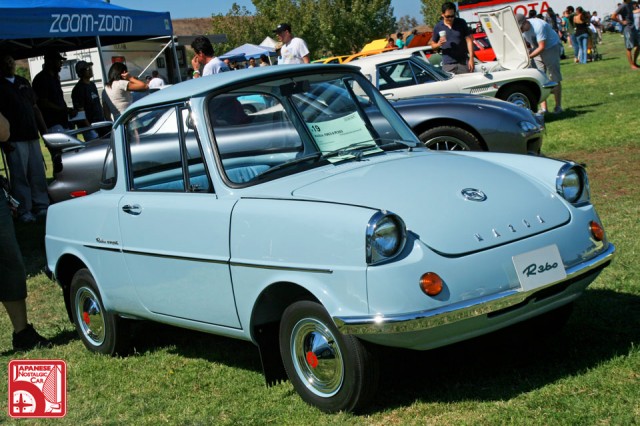
Of all the mainstream carmakers, Mazda puts the most stock into the driving experience and the sportiness of their vehicles. However, this is not just a recent occurrence. Mazda’s had drivers’ cars in their blood since their first post-war passenger car. Let’s take a minute to look at that car, the Mazda R360 Coupé.
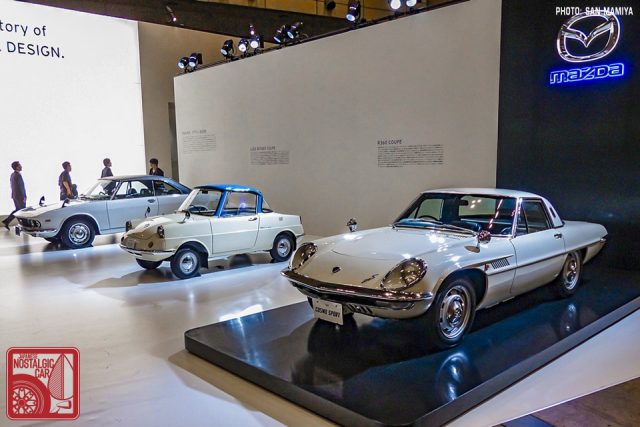
The R360 Coupe was a microcar created in response to the rebuilding effort after World War II and designed to fit into the kei car regulations of early 1960s Japan. At the time, Japan’s roads were in dire condition, and the sprawling network that exists to day had yet to be constructed. For average people, mobility was difficult and they most traveled by bus or by foot. Most cars were far too expensive, which is why in 1955 the Japanese government announced incentives to develop people’s cars, affordable vehicles that could help speed up the country’s motorization.
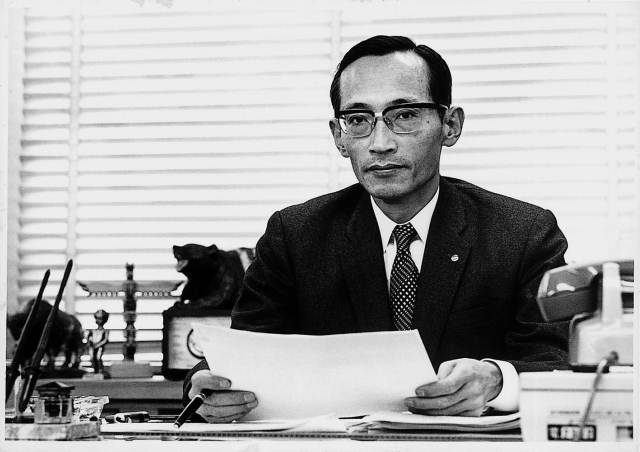
Once the edict was issued, nearly every automaker in Japan began working on kei cars. Mazda put their best minds on the project, a team that included none other the Kenichi Yamamoto, the father of Mazda’s rotary engine. The goals of the design were to keep the car lightweight and simple, two key characteristics that carry over to modern Mazdas all these years later.

What designer Kiro Kosugi penned wasn’t a van or a hatchback, which is what most other kei car manufacturers were defaulting to. Rather, he created a stylish coupe with a hint of tailfin and a bubble-like canopy, and it was absolutely adorable. It was a bold decision, as most buyers at the time prized practicality over style. With two doors and small rear seats, it wasn’t the most family friendly choice.
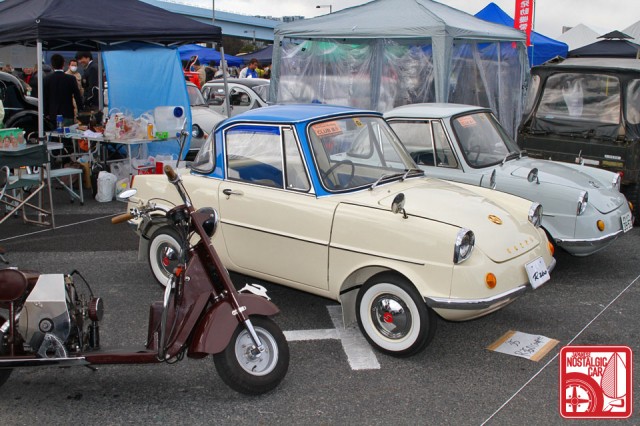
Though it wasn’t exactly what we would call sporty, in the world of microcars its innovative use of independent suspension, lightweight materials, and a coupe body made for an inadvertent drivers’ car.
Allow us to explain. The nature of the kei classification tends to yield fun-to-drive cars. It makes sense when you think about it, as two key tenets of a drivers’ car are that they require engagement, and are most fun when you push them to their limits. With strict displacement, power and size rules, in a kei car you definitely need to keep alert, and you’re almost always driving at the limit.
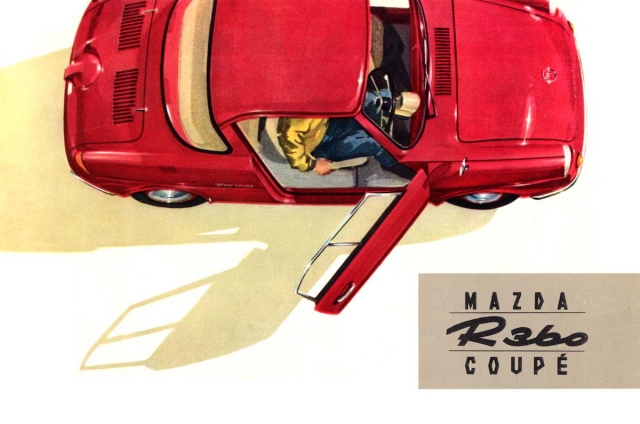
The lightweight materials Mazda used in their car were on par with what you would see from Le Mans cars of the era. Plastic polymers were used for body panels when possible, the engine featured heavy use of aluminum, and the rear window was plexiglass. All of this made for an insanely light curb weight of 870 pounds. For comparison, a Subaru 360 was 5 percent heavier, and when we’re talking about cars making horsepower numbers in the teens, that’s a big deal.
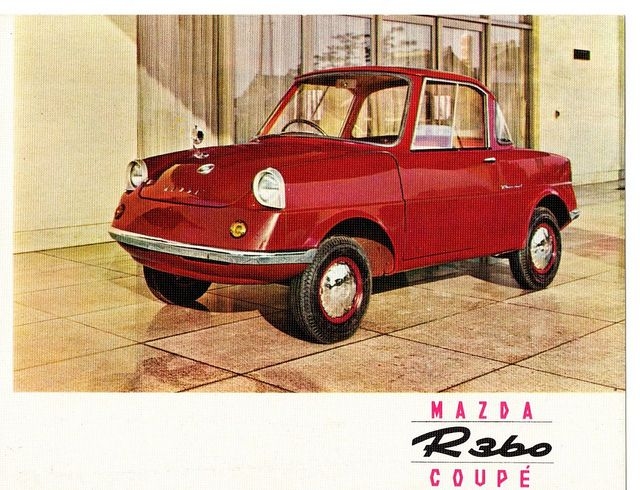
Due to their restrictions, reducing weight was the best way for a kei car of the era to improve performance. Heavier cars would require more power to move, and a larger displacement engine wasn’t possible due to engine size limitations. The only remaining option would be a higher tech engine, but that would crank the MSRP through the roof. Balancing these factors in a normal car is difficult enough to achieve; in a kei car it’s exponentially harder.
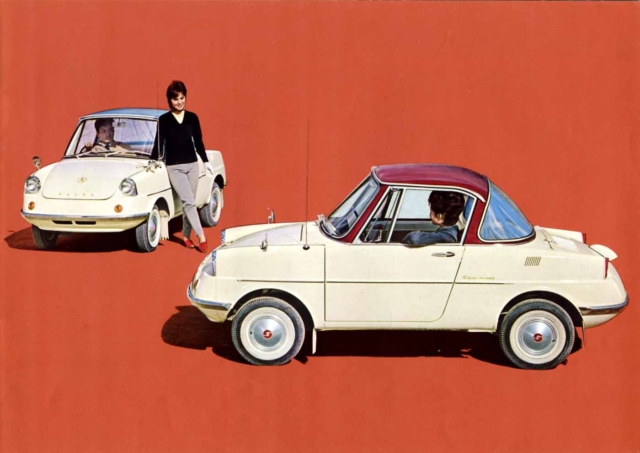
A lack of expensive cutting-edge technology didn’t mean the R360 wasn’t innovative. The Mazda R360 was the first kei car to have an automatic transmission option. Well, it to be fair it wasn’t a fully automatic, but rather a semi-automatic where you’d would row the gear yourself but operate the electric clutch via a button on top of the shifter. Unfortunately, a torque converter and two gears meant that its scant 16 horsepower was exceptionally apparent.
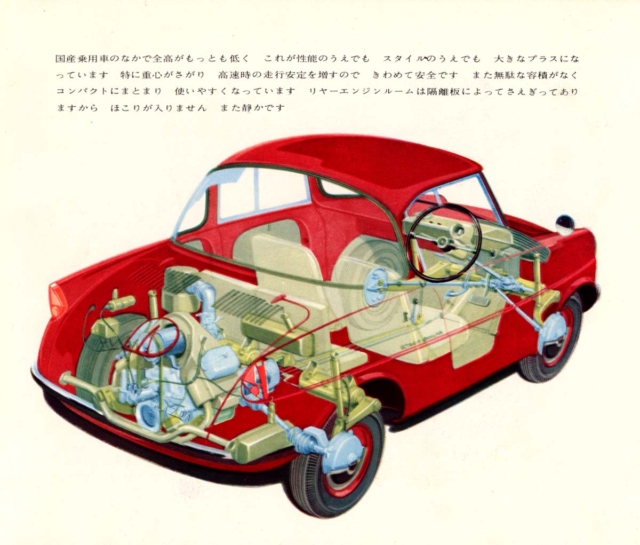
What did add to the appeal of the R360 was a brilliant independent suspension system. Most cars at the turn of the decade had suspensions not too far from that of oxcarts as a way to save costs, and it was very apparent in the handling.
Mazda, however, devised a suspension that didn’t use a typical steel spring, but rather rubber springs and torsion bar setup that kept the body level. As the suspension moved up and down, it would rotate the control arm against a rubber spring that would counter act the body movement and isolate road vibrations. Not only was this lighter than a normal spring setup, but it also was extremely effective at smoothing out the rugged roads of early 1960s Japan. It was all rather clever.
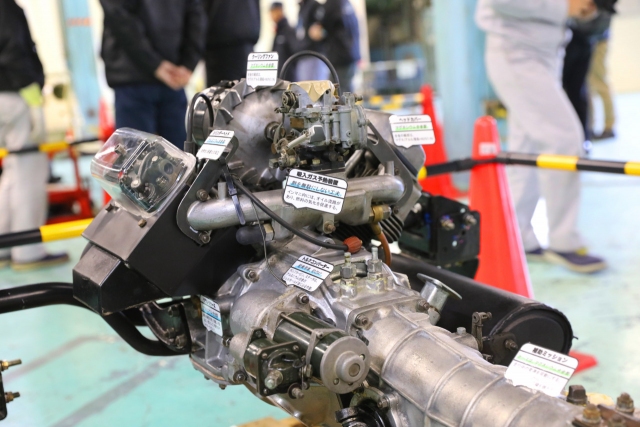
The R360 was rear-engined, and powered by an air-cooled, aluminum V-twin called the white engine, a reference to its lighter color in comparison to the dark grey of an iron engine. The white engine made a meager 16 horsepower, but the most unique thing about it was that it was a 4-stroke engine.
At the time, 2-strokes were the dominant motor type in kei cars. The 4-stroke was not only quieter, but also operated at cooler temperatures, adding longevity and driver comfort. It made daily operation simpler, too, by not requiring the addition of pre-mix every you filled up the fuel tank.
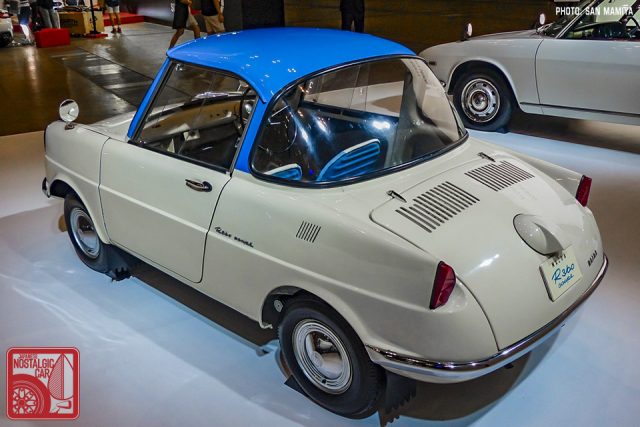
Inside the car the car the focus on weight reduction continued. Instead of standard roll down windows, the R360 featured sliding glass. The dash was about as basic as you could get, and the seats resembled lawn furniture. The R360 may look like a 2-seater with a cargo area, but it’s actually a 2+1, with a center-mounted rear seat. This layout may seem somewhat odd, but when you look at the rear window shape, it’s where the occupant would have the most headroom. Plus, it saved weight by eliminating an entire rear bench.

When the R360 hit the market, it was a knockout sales hit. By the end of the first year it absolutely dominated the kei car market, even outselling the popular Subaru 360. In fact, the car was able to achieve a 64.8 percent share of Japan’s private car market at it’s sales peak.
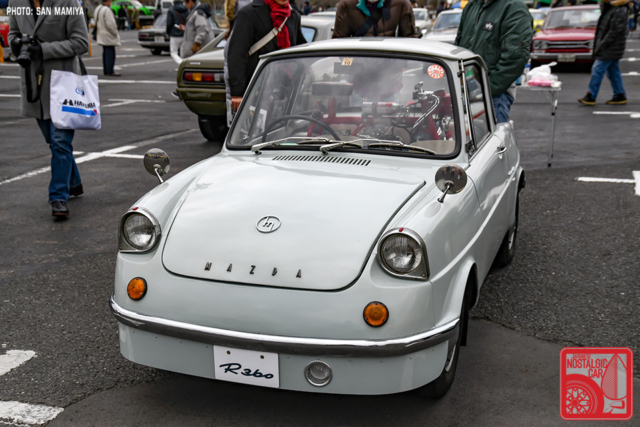
With its lightness, 4-stroke engine, and advanced suspension, it stood head and shoulders above any of its competition. The tight, poorly paved roads of early 1960s Japan were perfect for the R360 to unleash itself upon. Combined with a 45 mph maximum speed limit, the 16 horses were as at home on Japan’s touge as an Abarth was in the Alps.
The only other domestic drivers’ cars available were the prohibitively expensive Prince Skyline Sport and the early Datsun Fairlady, which sold a combined 308 cars by the time the R360’s successor entered production. For the average Japanese car buyer, this was the most fun and attainable domestic car on the market.
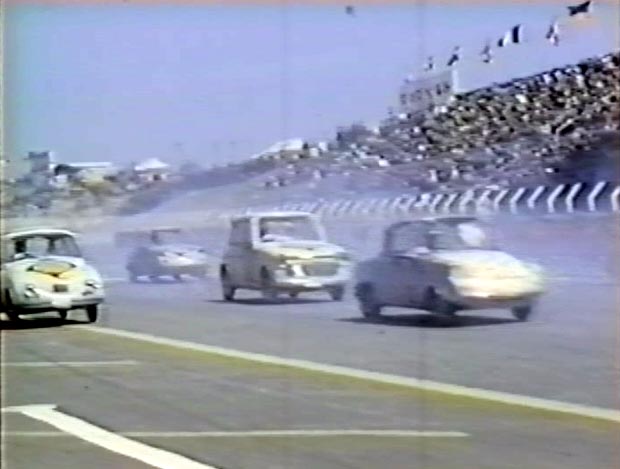
That fun-to-drive feeling was not lost on Japan’s early petrolheads. In the inaugural 1963 Japan Grand Prix, there was a kei class that featured the likes of the Mazda R360, Suzuki Fronte, and Subaru 360, among others. Though they didn’t win, the fact that it was among the first Mazdas to be entered into an on-road racing class is historic. We all know what Mazda would go on to achieve later.
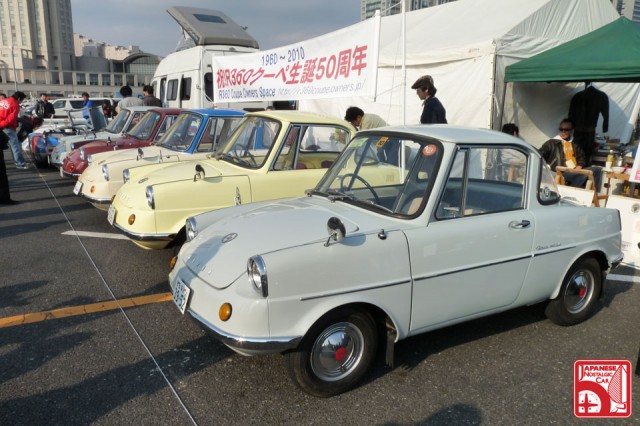
The Mazda R360 was joined by the 4-seater Mazda Carol 360 in 1962. Both were sold together until 1966, when the last R360 rolled off the assembly line. Unfortunately, the R360 is almost completely unknown outside of Japan with only 700 left-hand-drive models being made for export and few Japanese ones making their way stateside via private importation. Of course, that’s not to say that the R360 is unappreciated in Japanese collector car circles. Every year at the New Year Meeting our Japanese correspondents always seem to catch at least a few.

The legacy of the R360 is not lost on Mazda today. With their 100th anniversary on the horizon they’ve taken to restoring some of their most iconic models. While the first car they restored was the Cosmo Sport, and rightfully so, the second car was the R360. The car will be displayed with Mazda’s other iconic models for their 100th anniversary in 2020.
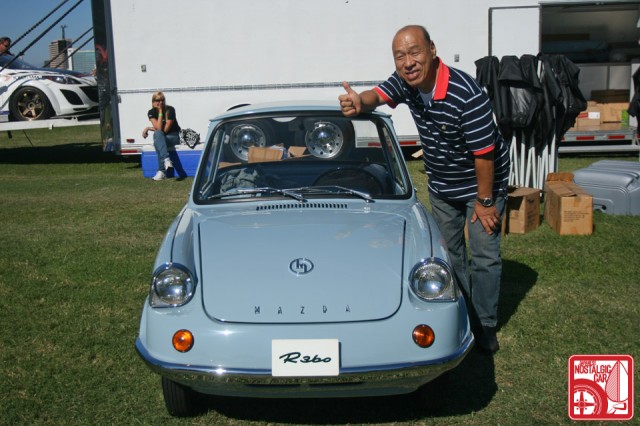
Mazda had made three-wheelers and trucks before the R360, but those were completely utilitarian. The Mazda R360 was the car that started Mazda as we know it today, an amazing company that has a knack for taking cars that historically have no business being fun at all and injecting some soul into them, whether they be minivan (Mazda 5/Premacy), hatchback (Mazda 2, Demio), or crossover, (CX-5). That drivers’ car DNA can trace itself back to this adorable little kei coupe, and the world is a better place for it.


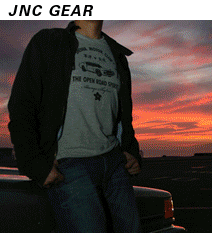
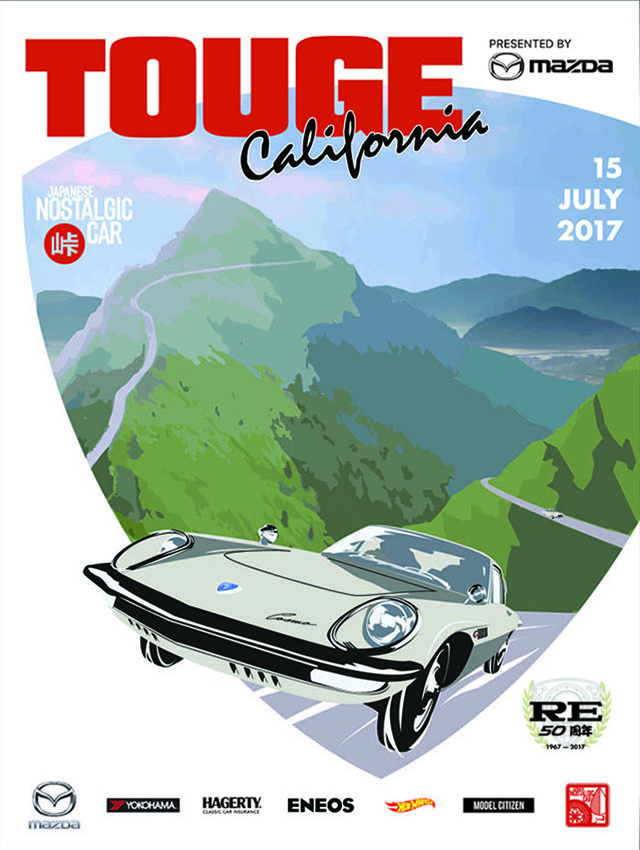


Mazda 2 owner right here, thank you Mazda !!
I daily a Yaris iA (Mazda Demio DJ; current Mazda2). Everyone thinks it’s dorky looking but absolutely loves it after a drive. It drives like it’s got way more than 105HP, probably because it weighs 2400lbs and has a 6-speed. Strut and twist beam suspension is simple but setup well, brakes are sufficient, and the whole thing is remarkably balanced.
An amusing note is that is comes with Toyo Proxes from the factory, in a remarkably classic size: 185/60R16.
I do wish it had lighter wheels; a 16×5.5 that weighs over 20lbs is a crime.
That white R360 with the air dam looks downright good. I wonder if that was fabbed up or something off the shelf.
My local Mazda dealership here in Sydney, Australia, has a fully restored white (with blue roof) R360 proudly on display in their service department reception area. They really are tiny!
which dealer is that please. i would like to go see it. thank you
Seeimg the gentleman with the thumb up and having in mind that the average japanese male height is about 1.70 m ( 5 feet and 5 inches ) and that they are of slim complexion, you can have an pretty idea of how tiny the Mazda R360 is.
Wonderful, wonderful article on this mighty mite of a car. One of my favorite vehicles i have ever owned was my Mazda 5 from 2009, with a 2.3 and the 5-spd manual! God, I miss that thing! So practical, and surprising fun to drive. But, that’s been in Mazda’s DNA for a long time, as this article emphasizes…
I daily a Mazda 5 as well and I love it, that’s one of my top 5 favorite cars to have come out in the last 10 years.
That gentleman with the thumbs up on the last pic…He’s Suzuki Sport’s Nobuhiro Tajima if i am not mistaken ?
Yes, he is! His first car was an R360.
I saw that in our archive of pictures and there was no way I couldn’t include that
I was fortunate to own a 1962 Mazda R360 LHD from mid-1963 to early 1965 while living on Okinawa as a member of the US Army. The R360 was a fun little car, and extremely reliable. My wife and I drove it all over the island during the time we were there. The car remained on Okinawa when we returned home, though we have long wished that we had brought it home with us. It was that special!
Hello,
I am Ritesh Magar for India, I proudly own a Mazda r360 and to be restored. I am looking for parts to complete the restoration as the cas has missing parts.
Could you kindly help me with details from where can I buy original parts for my car.
Hi,
I am the proud owner of a 1964 Mazda R360.
I am currently restoring the 360 and will need various parts.
Happy to hear from anyone who has parts or knows where to buy some.
Thanks
Chris West
Melbourne
Australia